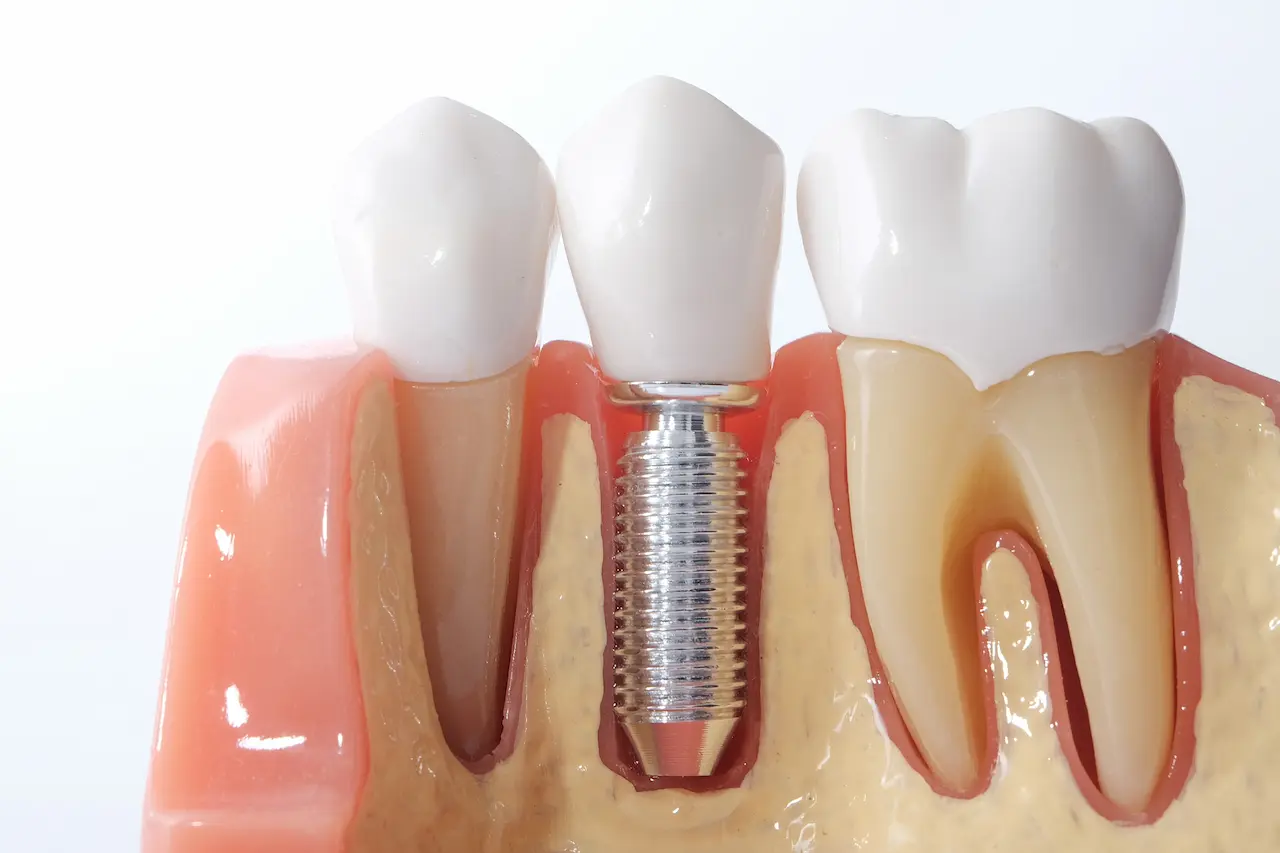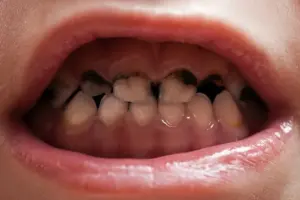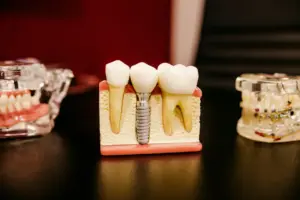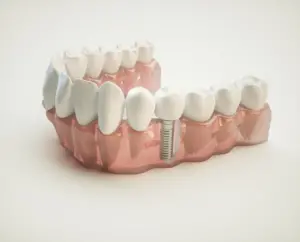The History Of Dental Implants
Table of Contents
ToggleIntroduction
Throughout history, societies have valued having a full set of teeth for both practical and aesthetic reasons. The value attached to teeth prompted the development of several tooth replacement strategies, which in turn gave rise to dental implants. You might be surprised to learn that dental implants have been around for hundreds of years. The oldest dental implants date back to 600 A.D.
But with time, they have improved. You should feel grateful if you’re considering obtaining a dental implant right now as it will be a painless and safe procedure. However, the majority of the early methods were cruel, unpleasant, and occasionally lethal. Here is a look at the development and historical context of dental implants:
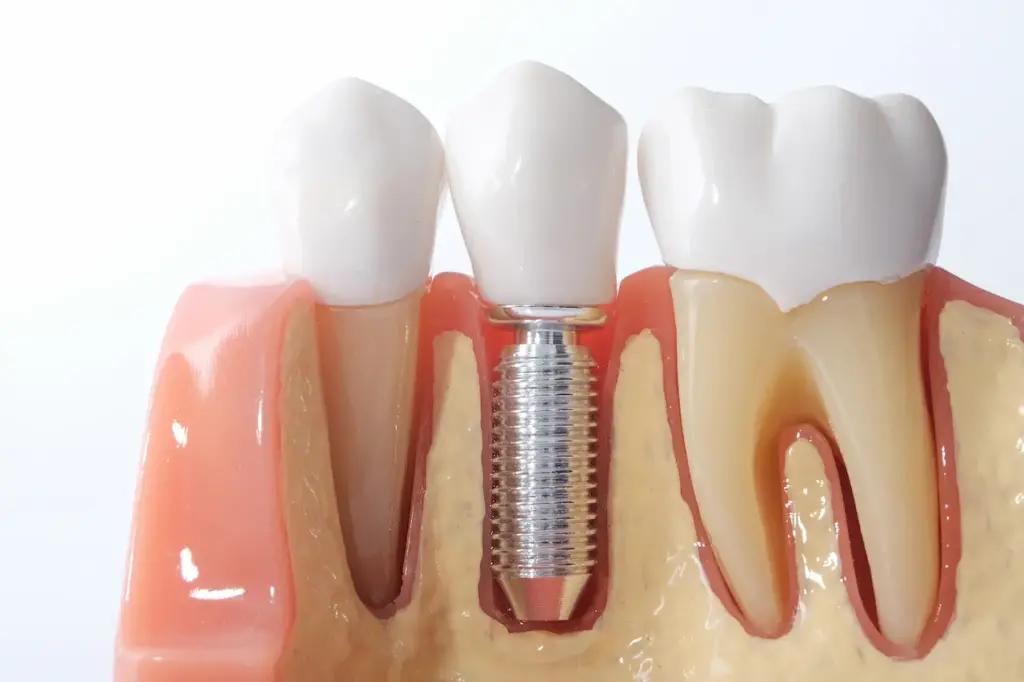
Ancient Implants
The origins of implants can be traced back to China, where bamboo pegs were cut and used to replace lost teeth 4,000 years ago. These were affixed to the oral bone. The Egyptians adopted a similar custom of etching precious metals and fastening them to the mandible some 2,000 years later. The first known instance of a metal implant was discovered in 1,000 B.C. Egyptian pharaoh. Numerous skulls with prosthetic and implanted teeth made of elephant ivory or priceless stones like jade have also been discovered by archaeologists.
Dr. Wilson Popenoe and his spouse Dorothy Popenoe discovered a young woman’s skull in Honduras in 1931. Three of the teeth in her lower jaw were missing and had been replaced with shells. The shells were fashioned to resemble the teeth’s structure. These teeth were designed for function rather than appearance because calculus and bone development were present.
Dental implants are now the preferred method of replacing lost teeth because to advancements in technology.
How Has the Design of Dental Implants Changed Over Time?
The primary issue with dental implants before the development of contemporary titanium implants was the body’s rejection of the foreign substance. To make dental implants, scientists combined gold and alloy in the eighteenth century. Though these tests were a complete failure, they did pave the way for more successful studies in the future.
Dental practitioners experimented with a variety of materials in the 1800s, including porcelain and silver. A porcelain implant with a platinum disc was used by one physician. Nevertheless, none of the materials they tried worked, since the bone rejected them all. A successful implant requires osseointegration or the permanent fusing of an implant into the jawbone.
Many physicians experimented with various materials throughout the 1900s, but none of them yielded lasting benefits. Dr. E.J. Greenfield attempted to implant 24-karat gold in 1913. Then, after seeing Vitallium utilized in hip bone implants, two brothers, Drs. Alvin and Moses Strock attempted to use the material in fixtures. The brothers were acknowledged as the first to successfully implant an artificial tooth into the mandible, and these fixtures proved to be more durable.
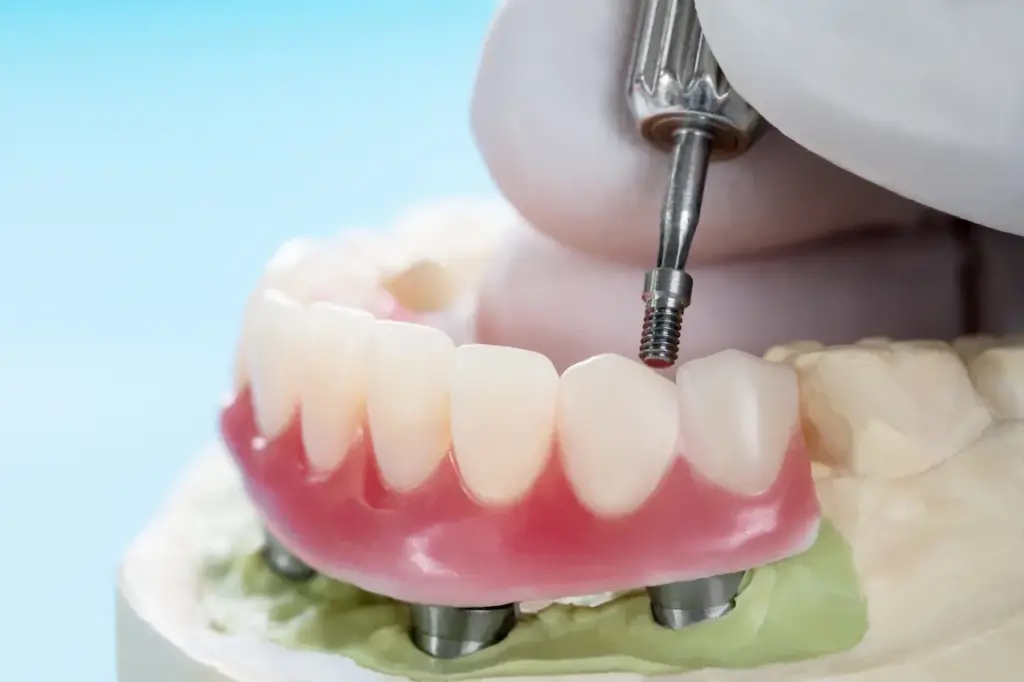
What Was the Phenomenon of Dental Implants?
The roots of dental implants as we know them now were laid in 1952 by Dr. Per-Ingvar Brånemark, a research professor and orthopedic surgeon. A titanium implant was placed into a rabbit’s femur as part of a study on bone regeneration and healing. The titanium had bonded with the bone, making it impossible for him to remove. By coincidence, he found that titanium implants were more successful. This led him to hypothesize that this technique might find application in the dental implant industry and other related industries.
In 1965, he successfully replaced a lost tooth in one of his patients with titanium following additional research. This finding represented a substantial advancement for the dental implant sector. He continued by publishing multiple research outlining the advantages of titanium in dental implants. Dental implants have evolved into what they are today because of Dr. Per-Ingvar Brånemark.
Modern Implants
Titanium has been utilized in dental implants ever since it was discovered by Dr. Per-Ingvar Brånemark. On top of millions of other implants from more recent firms, over 7 million implants from the Brånemark System have been transplanted.
High-grade titanium is still used in the production of dental implants, and its shape ensures that it can be firmly anchored to the jawbone. The jawbone is fastened with an alloy titanium screw. The screw fused to the bone during the healing process. Next, a crown is placed over the screw. Despite a few hazards, this technique is still the most effective and successful way to attach implants.
Dental implants of today and their high success rates
Dental implants are regarded by clinicians, orthopedic surgeons, dentists, and other medical professionals as the most effective way to replace missing teeth. Applications for dental implants include crowns, bridges, and dentures—even in cases when a single tooth is missing. Modern implants are available in a range of sizes and forms to accommodate various tooth types. Their surfaces are designed to improve smooth integration. To enhance the surface area where the bone can connect, they are roughened rather than straight and smooth. The osseointegration process is enhanced by the texture.
Implants of today fail quite rare. You can anticipate up to 10-year success rates in over 98% of cases with appropriate treatment, safe surgical techniques, and prosthetics that take into account bone density, health, function, speech, aesthetics, and simplicity of cleaning. On the other hand, the success percentage of bridges, crowns, and root canals after ten years is only approximately 80%. The 10-year success rate for practically all medical surgeries is barely 75%. To put it succinctly, dental implant surgery has become incredibly predictable and successful.
In addition to being a successful, durable option, dental implants also
- Bring back the appearance of your face.
- Improve speaking, eating, and chewing.
- Give a lovely smile.
- Stimulate the mandible to stop bone loss.
- mimic your current teeth and appear natural.
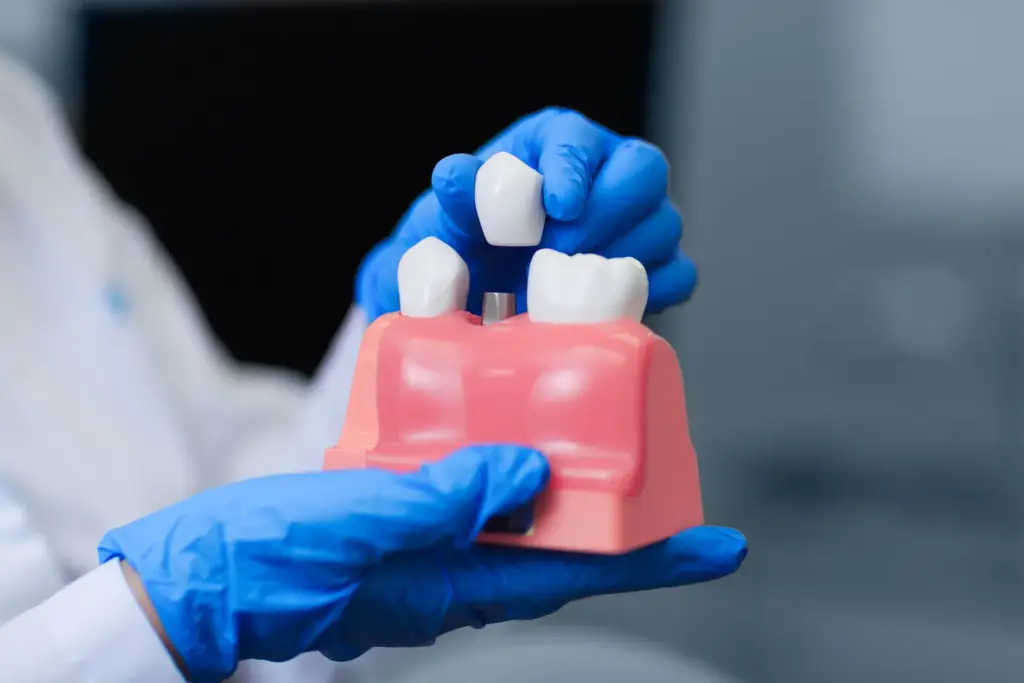
How to Locate a Reliable and High-Quality Dental Implant
Working with a qualified dentist who utilizes high-quality dental implants is one of the best strategies to lower the risk of implant failure. From diagnosis and therapy to assessing the condition of your bone and integrating the implant, Hiossen® Implant pays meticulous attention to every detail.
Conclusion
The history of dental implants reveals an amazing journey of creativity, tenacity, and scientific progress. The development of dental implants has completely changed the area of dental care, from the primitive attempts of ancient civilizations to replace missing teeth with shells and stones to the revolutionary discoveries and treatments pioneered by modern dentistry. Dental implants have been around for centuries and have proven to be a very dependable and successful way to restore smiles and enhance the quality of life for countless people all around the world. Looking back on this journey, it is clear that the development of dental implants is a tribute to human ingenuity and the unwavering quest of medical perfection.
Future developments in materials, technology, and techniques promise even more accessibility, longevity, and precision in implant dentistry, guaranteeing that this amazing invention will continue to influence dental health for many years to come.

